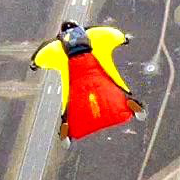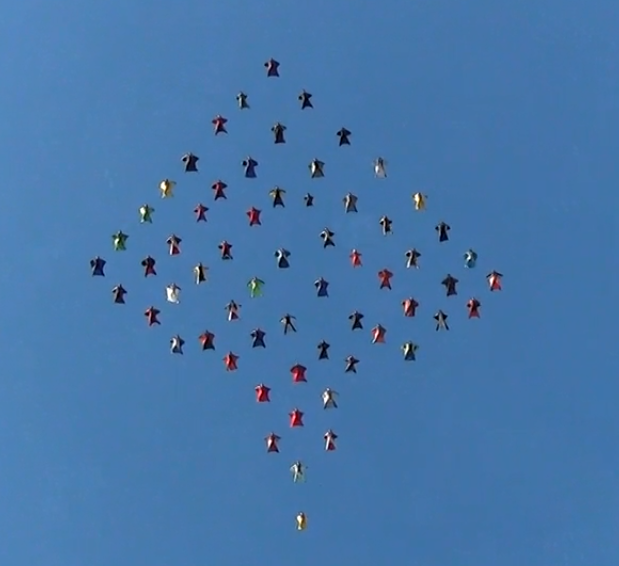Recommended Posts
kallend 1,644
Quote
Flying is not about numbers. WL is only one parameter of the equation, there are lot more.
I'm aware of that and agree. However, this question is just about that ONE parameter....wingloading.
In that case, the answer is "Maybe; it depends on the other parameters too".
...
The only sure way to survive a canopy collision is not to have one.
The only sure way to survive a canopy collision is not to have one.
mircan 0
I had an unusual approach to this "wingload" story...
I jumped big-ass accuracy canopies (280+ sqft) until i got approx. the same jump numbers as you.
Then my first next was 1.1 WL (70-80 jumps), and now 1.6 WL (~ 60 jumps).
I noticed that the abilities that i gained from jumping accuracy jumps (flying slow in deep brakes, landing on a dime...) helped me a LOT when learning to fly smaller canopies / bigger WL.
So maybe your story is similar...
my2c
I jumped big-ass accuracy canopies (280+ sqft) until i got approx. the same jump numbers as you.
Then my first next was 1.1 WL (70-80 jumps), and now 1.6 WL (~ 60 jumps).
I noticed that the abilities that i gained from jumping accuracy jumps (flying slow in deep brakes, landing on a dime...) helped me a LOT when learning to fly smaller canopies / bigger WL.
So maybe your story is similar...
my2c
dudeist skydiver #42
mr2mk1g 10
QuoteSo you have no problem with someone getting onto a 1.0 when they get their A?
Maybe.
Like I say - it's a rule of thumb, to be used as a starting point for consideration of the question as a whole. It's also a 'never exceed' rule - it doesn't say what canopy you should be on, only what canopy you definately shouldn't be on.
Someone who's newly qualified, with maybe 50 jumps and who is looking for their own gear... a 1:1.0 wingloading is a common starting point for don't exceed advice... though that's not always going to be appropriate - all the variables should be considered, not just the wingloading. Wingloading is only one set of figures in a much bigger equation.
They must also step down to the 1:1 loading in a sensible manner, as they'll usually be on a wingloading as a student of less than 1:0.85 (UK at least).






One with "C" license -licensed skydiver- in Finland allowed to use a main canopy from some list( square/ tapered) < WL1.3 .
Notice that clubs are close to the see level.
Share this post
Link to post
Share on other sites